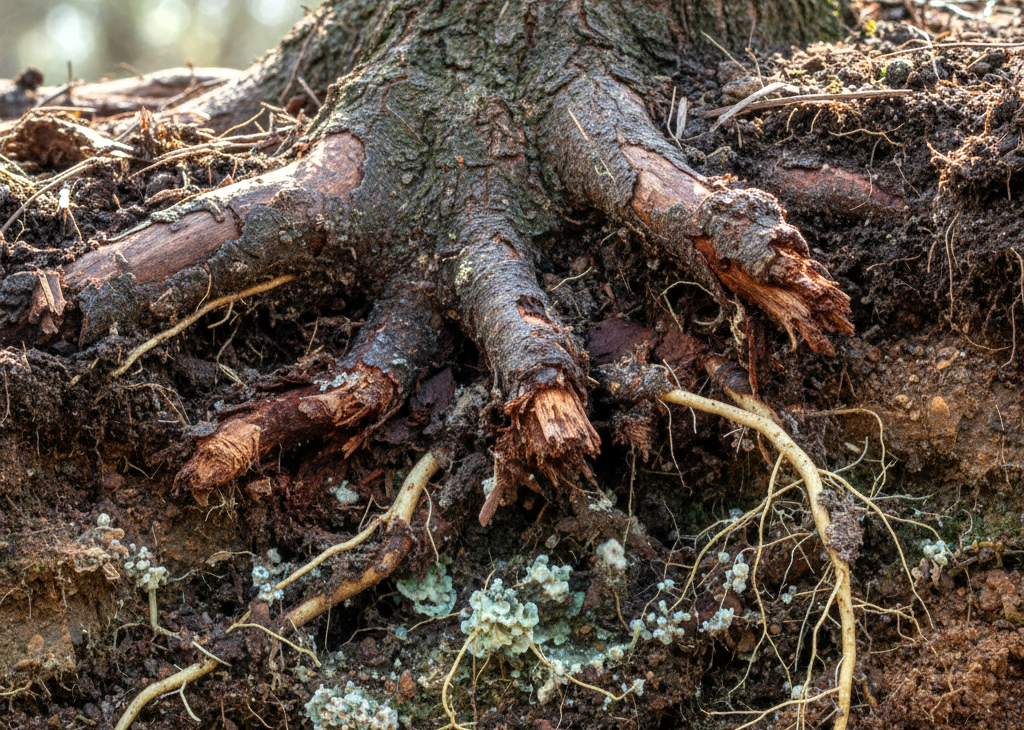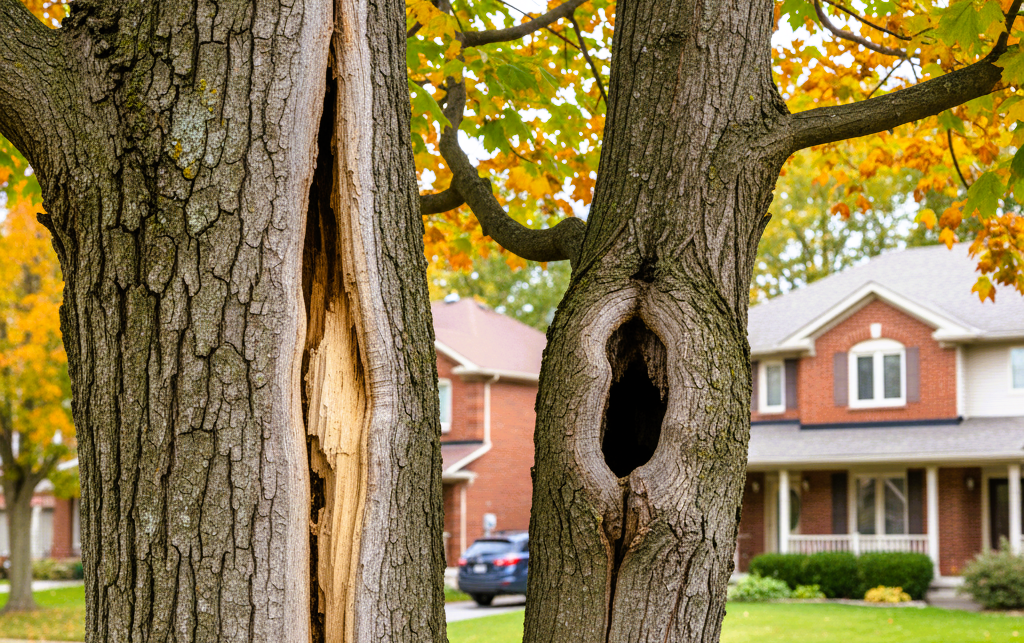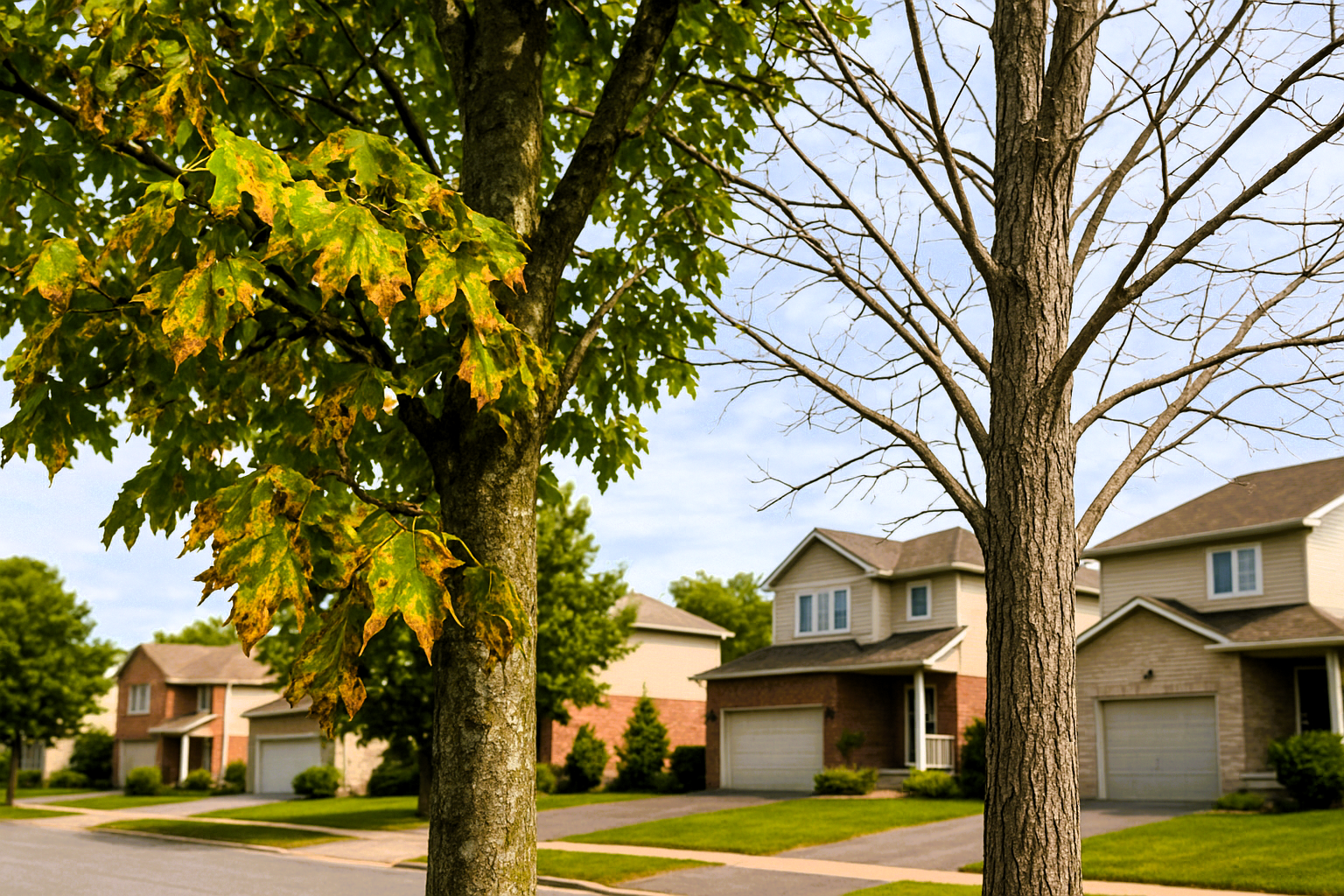Are Your Tree's Leaves Turning Yellow in Summer? Here's Why and How to Fix It
Why your tree's leaves turn yellow in summer and how to keep them green

Watching your tree's leaves turn yellow during the summer can be concerning. It might leave you questioning whether your cherished tree is unwell or if your gardening habits need adjusting. Instead of jumping to conclusions, grasping the root causes is crucial for discovering the proper remedy. In this post, we delve into the reasons behind summer leaf yellowing, what it indicates, and how to tackle potential problems. Whether you're a homeowner, a passionate gardener, or a plant lover, this guide will equip you with the knowledge to keep your trees thriving and lively.
Understanding Normal Summer Yellowing
Evergreen Trees
They are known for retaining their leaves throughout the year. However, even these resilient trees go through a natural leaf-shedding process. During the summer, it's not unusual for some older needles to turn yellow and drop off. This is part of the tree's natural cycle and typically affects only a small portion of the foliage.
Certain evergreen species, such as pine trees and arborvitae, are more prone to this seasonal shedding. If you notice yellowing primarily on the inner needles while the outer foliage remains green and lush, there's likely no cause for concern.
Deciduous Trees
Deciduous trees, on the other hand, follow a more predictable leaf color progression. Starting with vibrant green in the spring, their leaves gradually change color as the seasons progress. By summer, most deciduous trees should still boast healthy green foliage.
Yellowing in deciduous trees can be normal if it occurs in a few isolated leaves. However, extensive yellowing, especially if other symptoms like wilting accompany it, indicates an issue that needs attention.
Signs of Abnormal Leaf Yellowing in Summer
Key Indicators
If you notice yellowing leaves during summer, it could indicate issues, especially if they exhibit particular traits. Pay attention to new growth turning yellow, a definite signal that something is wrong. Also, watch for leaves that are initially green but later turn yellow, excessive yellow leaf drops, and yellow leaves that appear droopy or wilted—these are warning signs.
Importance of Recognizing These Signs
Such symptoms may point to stress or health concerns within the tree. Failing to notice these warning signs could result in more severe problems down the line, affecting the tree's overall well-being and longevity. Identifying these issues early is vital for successful intervention and care.
Causes of Abnormal Summer Leaf Yellowing
Biotic Factors (Living Organisms)
- Insect Invaders - Caterpillars, aphids, and spider mites are notorious for causing chaos in tree foliage. These critters feast on the leaves, leading to yellowing and potential leaf loss. Check your trees for any signs of these pests or sticky residues, often left behind by aphids.
- Animal Intruders - Creatures like gophers can silently harm your trees by attacking the roots, disrupting nutrient absorption, and causing the leaves to turn yellow. While these pests remain hidden, evidence such as soil mounds or exposed roots can reveal their activity.
- Bacterial and Fungal Troubles - Infections like powdery mildew cover leaves with a white, powdery substance, resulting in yellowing and eventual leaf shedding. Fungal threats such as verticillium wilt cause yellowing and wilting due to damage to the tree's vascular system. Swift identification and action are crucial to stop these infections from spreading further.
Abiotic Factors (Environmental Conditions)
- Inconsistent Watering: Both overwatering and underwatering can place your trees under stress, turning leaves yellow. Excess water may lead to root rot, whereas insufficient water causes dehydration. Aim for deep watering techniques to adequately reach roots without causing waterlogging.
- Nutrient Deficiency: Yellowing leaves, known as chlorosis, often stem from a lack of essential nutrients like iron or nitrogen. Conduct soil tests to pinpoint deficiencies and use targeted amendments such as iron chelates or nitrogen fertilizers to restore balance.
- Excessive Shade: Leaves may be yellow due to insufficient sunlight, hindering photosynthesis. If buildings or other plants overshadow your tree, consider pruning nearby vegetation or relocating the tree to a brighter spot to enhance light exposure.
- Herbicide Impact: Accidental herbicide contact can cause leaves to yellow and curl. Apply herbicides carefully, avoid windy conditions, and adhere strictly to product guidelines to prevent unintended exposure to other plants.
- Heat and Drought Conditions: High temperatures and drought stress trees, resulting in yellow leaves as they conserve water. Mulching around the base helps retain soil moisture, and deep watering during dry spells can alleviate stress.
- Seasonal Dormancy: Some tree species undergo stress deciduous behavior, shedding leaves during severe stress periods like extended droughts. This adaptation allows them to survive until conditions improve.
Steps to Take When Leaves Turn Yellow in Summer
Discovering the Source
To tackle yellowing leaves, begin by uncovering the root cause. Conduct a thorough examination of your tree for any indicators of pests, diseases, or environmental pressures.
Taking Action
After pinpointing the issue, implement appropriate solutions. For biotic challenges like pest invasions or diseases, treatments such as insecticides or fungicides might be required. If the cause is abiotic, such as inadequate watering or nutrient deficiencies, modifying irrigation methods and using soil amendments can restore your tree's vitality.
Preventive Measures for Future Summers
While some causes of yellowing leaves may be out of your control, there are preventive measures you can take to keep your trees healthy during summer:
- Proper Watering - Ensure your tree receives adequate, deep watering to maintain soil moisture levels and prevent dehydration or waterlogging.
- Regular Inspections - Regularly inspect your trees for signs of pests or diseases, catching issues early on before they cause extensive damage.
- Soil Testing - Conduct regular soil testing to identify any mineral deficiencies and apply necessary amendments to maintain a balanced nutrient profile.
- Mulching - Add mulch around your tree's base to help keep the soil moist and maintain a consistent temperature during the hot summer months.
Adopting these preventive steps and swiftly tackling any problems can keep your trees healthy and vibrant throughout the summer, minimizing yellowing and reducing stress.
Keep Your Trees Healthy and Vibrant with Expert Care
Summer yellowing of leaves can either be a natural phase in a tree's life cycle or an indication of deeper issues. Distinguishing between the two is crucial for preserving your trees' health and aesthetics. Regularly check your trees, and if you spot any signs of trouble, consider reaching out for expert advice. Ensure your garden remains vibrant, enjoying a lush, green canopy throughout the summer! For specialized care,
reach out to Kanata Tree Service Masters now!


